Customs and digitalisation go hand in hand
| Using backscatter technology in screening containers and vehicles |
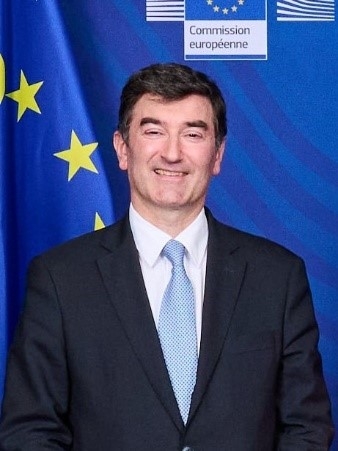 |
Could you tell us about the role of digital transformation in customs operations?
The world of customs and trade is changing fast, with increased volumes of goods and e-commerce. And digitalization is reshaping societies and businesses. So customs and digitalisation go hand in hand. Customs operations are very peculiar as they are performed every day, the systems need to be fast, and clearance operations have to be smooth.
This is what underpins the competitiveness of an airport, a port or a land crossing point. Therefore, it is important that customs have access to the latest technologies and can benefit from them, both from an innovation perspective while ensuring that for regular operations, stable and reliable technologies are used.
All in all, the key aspect for customs operations is to avoid that the repetitiveness of each operation is handled manually, and that humans are equipped at their best to tackle the challenges posed by cross-border trading.
I see different trends that are important when speaking about this digital transformation of customs: we have the automation of customs procedures; the aspects related to the interoperability of systems and procedures, for which in the European Union (EU) we have a very robust framework based on legal, organizational, operational and technical interoperability; the enhancement of risk analysis through tools like Artificial Intelligence or predictive analysis; the so-called Single Window systems, based on UNECE recommendation 33, which foresee a single stop shop for traders at the border; and finally, the need for customs operations to be predictable, as customs play a crucial role in the functioning of supply chains, especially with perishable products where speed is of the essence.
Could you share about the digital transformation in the EU?
This is a very broad topic, especially because it was a key priority of the current European Commission’s mandate and our President Madame Ursula von Der Leyen. The EU is acting on many different fronts, and several new legislations have been adopted in the past months linked to this digital transformation of the EU.
One of the key pillars of digital transformation in the EU is to ensure first that “digitalisation” is accessible. This means having a baseline infrastructure that is reliable and powerful enough to support new technologies that rely on large transfers of data. On this pillar, the EU is promoting investments in technologies such as optic fiber and 5G through the so-called “Connected Europe” facility.
Another pillar that I mentioned before, is the notion of interoperability, where recently the European Commission has proposed a new law called “the Interoperable Europe Act”. This legislation aims at laying down high-level measures to ensure interoperability in the public sector across the European Union. In a sense, European Member States' customs authorities were already working under the principles of interoperability: in fact, our current European Union Customs Code is a very large playbook that regulates how customs systems should interoperate one with another. From the customs side, we go as far as detailing in law the specific customs data model (based on the World Customs Organisation's data model) down to the technical level.
Other EU legislations in the making relating to this digital transformation deal with Cybersecurity and Artificial Intelligence such as the EU Digital Service Act and the Digital Market Act. While on the one hand, the European Union deals with technological aspects, on the other hand, ethical standards and respect for the right to personal data protection are very important principles as well for the EU and our citizens.
In fact, I would say that whenever the EU starts dealing with digitalization, we often have two ways to tackle the problem. Either we start from the technological and innovative aspect, and see up to which limit we can push those in relation to the laws on ethics, or we do the reverse, by checking what is the maximum allowed in terms of ethics, and then we search for the technology and innovation that reach that limit. In both cases, we always follow one of the key principles of the European Union which is the principle of proportionality, that is: we do not go beyond what is strictly needed to achieve our objectives.
From external eyes, this process may seem to hinder innovation, but in reality is the opposite, because when we decide to go forward with a certain degree of digital transformation we do so with confidence, and with the trust of industry and citizens.
How do you assess the benefits of AI applications in customs operations?
AI has many different practical uses for customs and can bring about many benefits. There are some uses that are quite evident, such as in customs risk management and predictive analysis. AI can certainly analyze larger volumes of data than humans and can spot trends and patterns that are often not so obvious. These benefits could range from being able to analyze large volumes of textual data (think about the customs declarations), but also to analyzing images and matching them with the content of a customs declaration.
Besides these more “regular” uses, AI could also be employed to speed up the development of software in the domain of customs and for training purposes. For instance, in the European Commission, we already use Artificial Intelligence to create e-learning modules on many different topics relating to customs and taxation. Usually there is a script prepared, and then the AI generates a digital tutor and a voice that narrates and explains.
However, what I would like to stress is that we should not blindly rely on AI for everything. In the EU we follow what we call the “four-eyes” principles, for which decisions from AI are usually reviewed by at least two persons. This is because AI can develop its own biases that may be very difficult to spot for humans. These biases can have consequences on operators, traders and citizens in general, and lose their trust. Overall, a business that does not trust a public administration is damaging in terms of revenues.
How does the global Customs community keep pace with the changing landscape, and how the use of data and technology to attract and retain talent in the Customs sector?
Keeping pace with the changing landscape is often referred to by experts as “maintaining legacy systems”. I think that for digital innovation we always need to keep a balanced approach, and for customs, this is more relevant than for other fields. Customs have operations running 24/7, therefore experimenting is not always easy. On the other hand, we see a great increase of new profiles that are important for customers such as data analysts, data scientists and AI expert. To attract these profiles, customs must be ready to experiment with new technologies, let people bring their own points of view and expertise, and ultimately offer some good career progressions.
In my Directorate in the European Commission, I launched this summer an exercise of this kind called the “forward-looking agenda”, where we took some topics which are very important today (blockchains, artificial intelligence, data analysis, and others), and I asked my colleagues to project themselves some years in the future and imagine how these topics will affect our work life. We already saw several cross-fertilisation between domains, for instance when dealing with digital identity, customs and analytics.
The colleagues are happy because they see something different from the daily business, have a chance to peak in interesting topics and more fundamentally, they have a chance to shape how our organisation positions itself on these topics.
Could you give any recommendations to Vietnam Customs?
First I would like to thank the Vietnamese Customs for kindly hosting this WCO Conference, and personally, it is a pleasure to be back on an official mission to Vietnam. I can tell you that what I saw and heard at the WCO Conference was indeed impressive.
So I would just recommend to have a look at the WCO data model and invest on that because this is also what we are doing in the EU. Moreover, I would advise you to keep looking at what will happen in the EU with the reform of the Customs Union, because we are hoping to change how customs functions for the first time in almost 70 years, therefore you can expect many years of European customs working in this new manner.
Thank you so much!
Related News

Consulting on customs control for e-commerce imports and exports
14:50 | 14/02/2025 Regulations

Customs administrations coordinate to seize nearly 20,000 endangered wildlife
09:15 | 14/02/2025 Anti-Smuggling
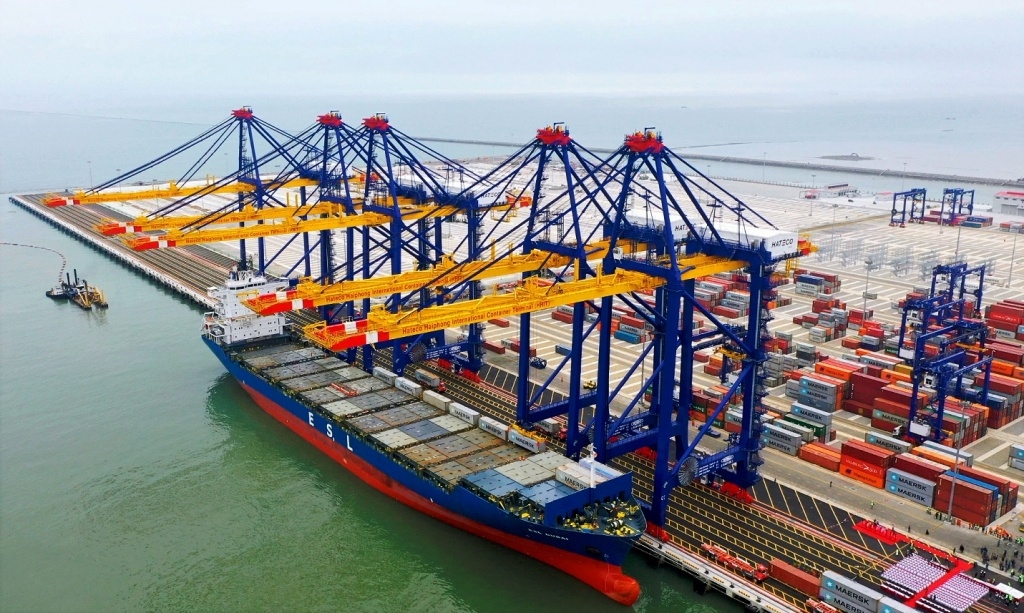
Hai Phong Customs sets out 15 tasks to achieve the revenue target of VND 72,000 billion
10:12 | 11/02/2025 Customs
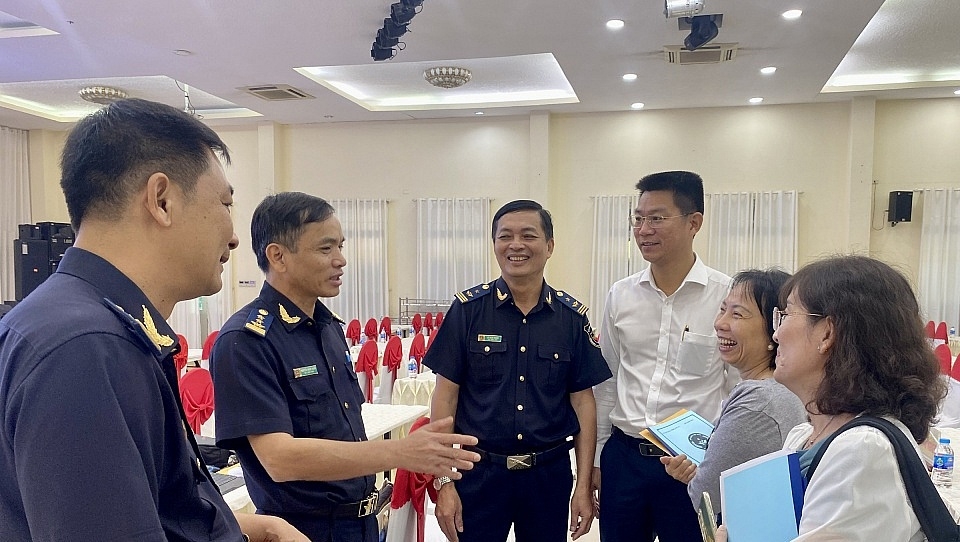
GDVC sets goal of widely disseminating Customs policies
07:49 | 12/02/2025 Customs
Latest News
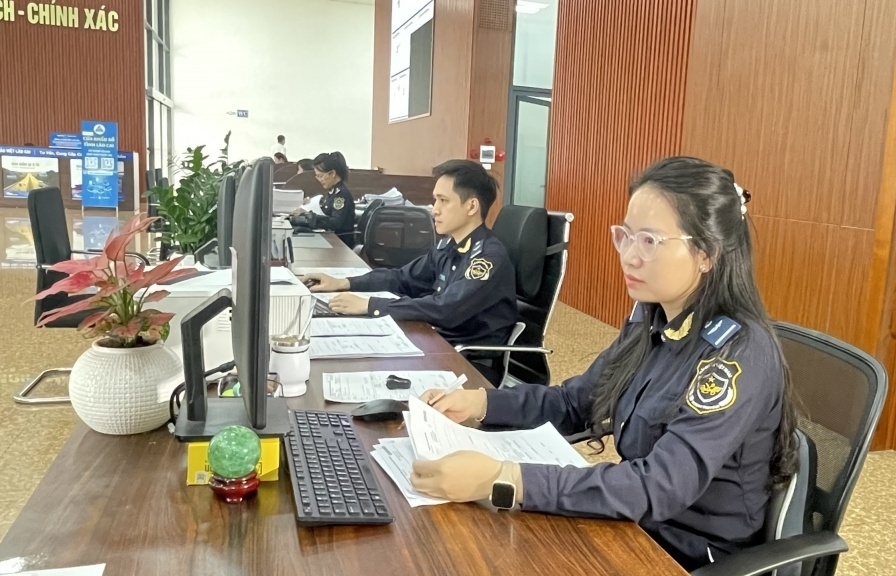
Vietnam Customs forms implementation task force on developing customs procedures
16:29 | 15/02/2025 Customs

Quang Tri Customs launches business support initiatives
16:29 | 15/02/2025 Customs
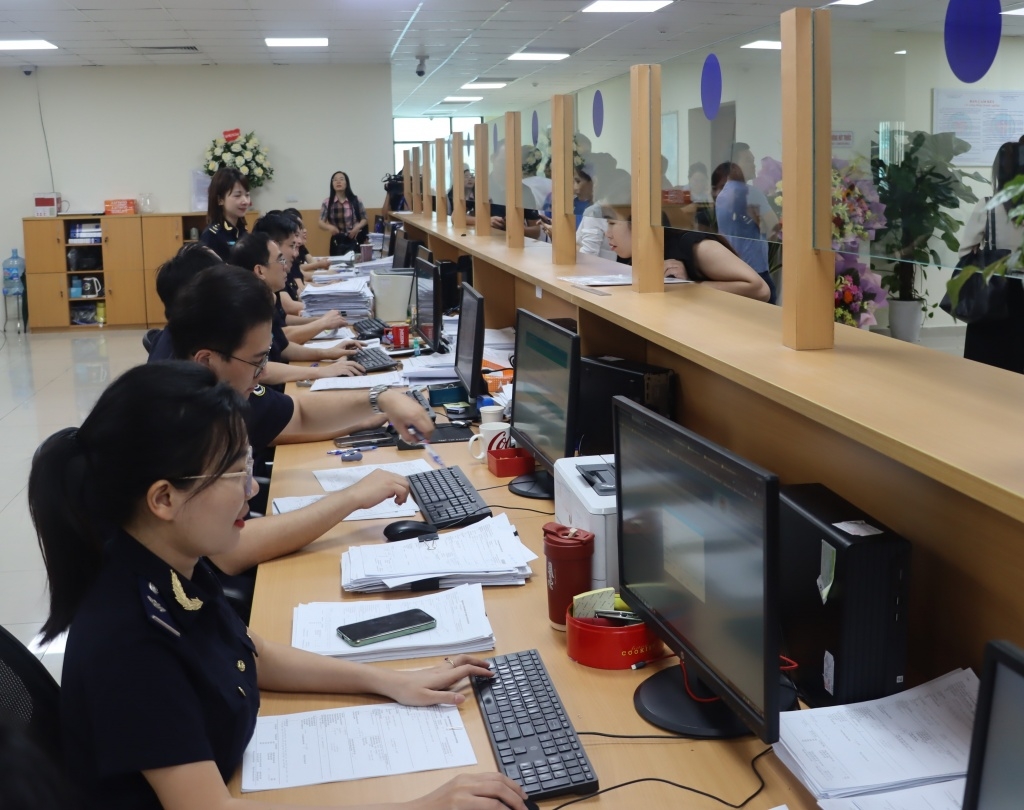
Hai Phong Customs’ revenue rises about VND 1,000 billion
14:52 | 14/02/2025 Customs

Administrative reform: Khanh Hoa Customs delivers impressive results
14:52 | 14/02/2025 Customs
More News
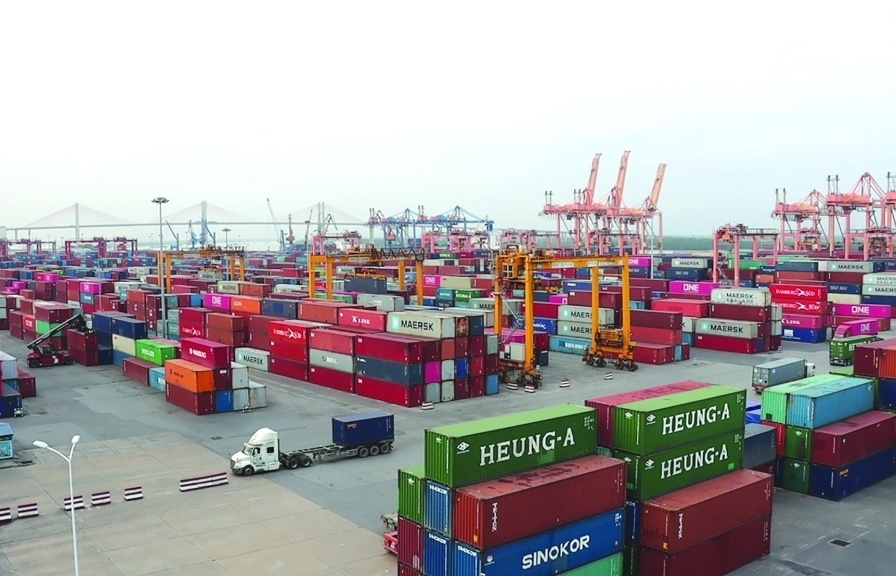
Over 1,500 customs declarations processed by Hai Phong Customs during Tet
14:36 | 10/02/2025 Customs

Ho Chi Minh City: Foreign visitors spend more than VND1,500 billion to buy goods upon exit
10:01 | 07/02/2025 Customs
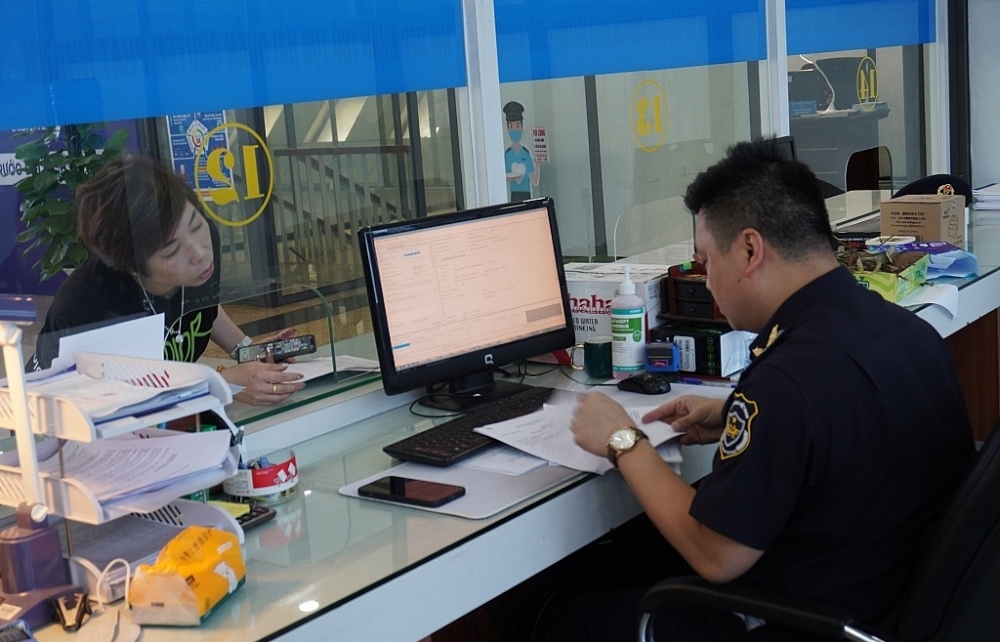
3,500 customs declarations handled in Lang Son over Tet
09:57 | 06/02/2025 Customs
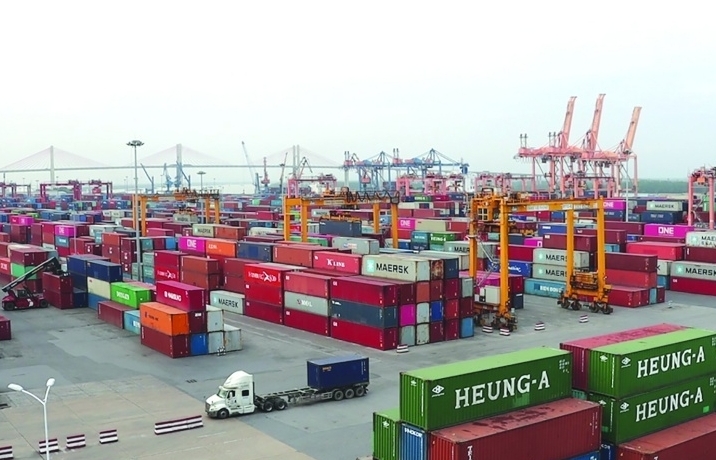
Hai Phong Customs processes more than 1,500 declarations during 2025 Lunar New Year holiday
14:09 | 05/02/2025 Customs
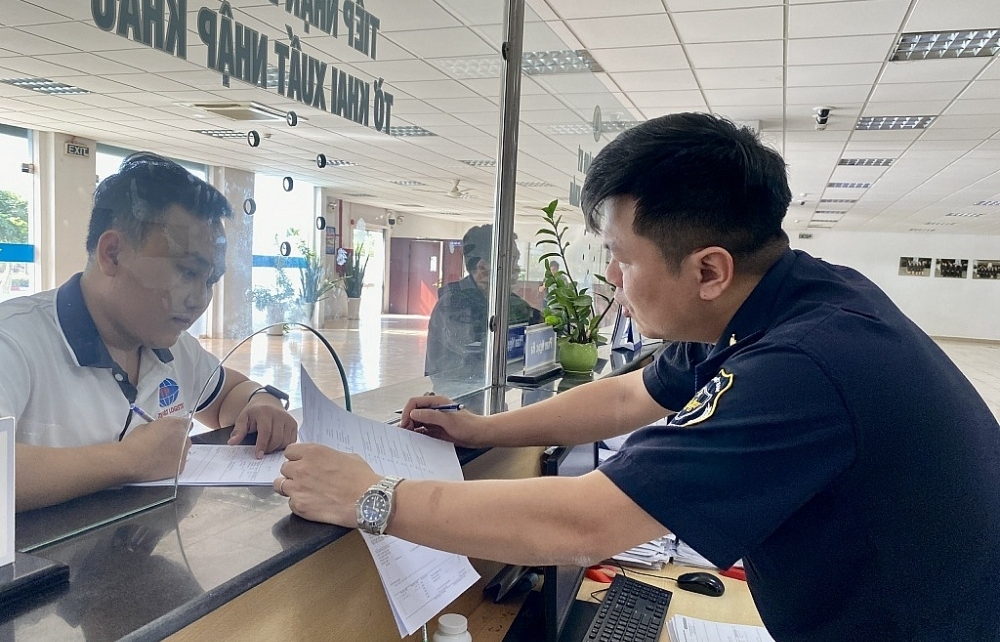
US$10.5 million in trade flows through Binh Duong Customs during Tet During the 2025 Lunar New Year
14:08 | 05/02/2025 Customs
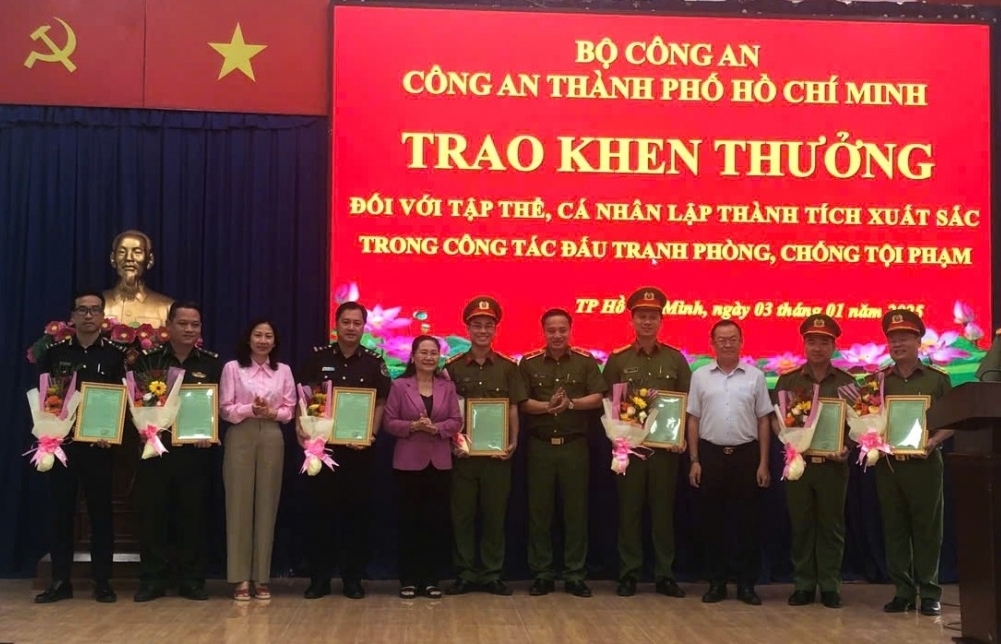
Proactive customs measures for express parcels: Tightening control over import-export goods
22:09 | 27/01/2025 Customs
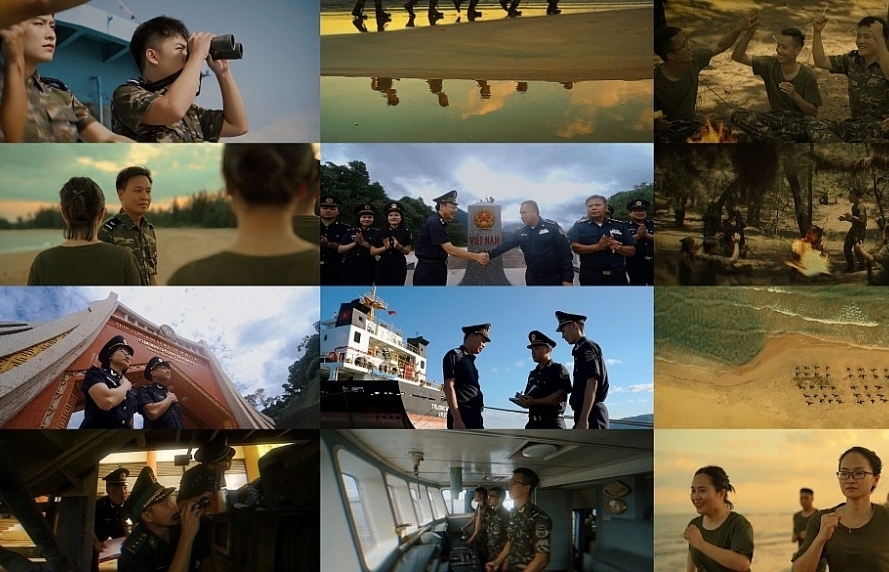
Best covers of Vietnam Customs songs: 15 winners revealed
10:58 | 22/01/2025 Customs
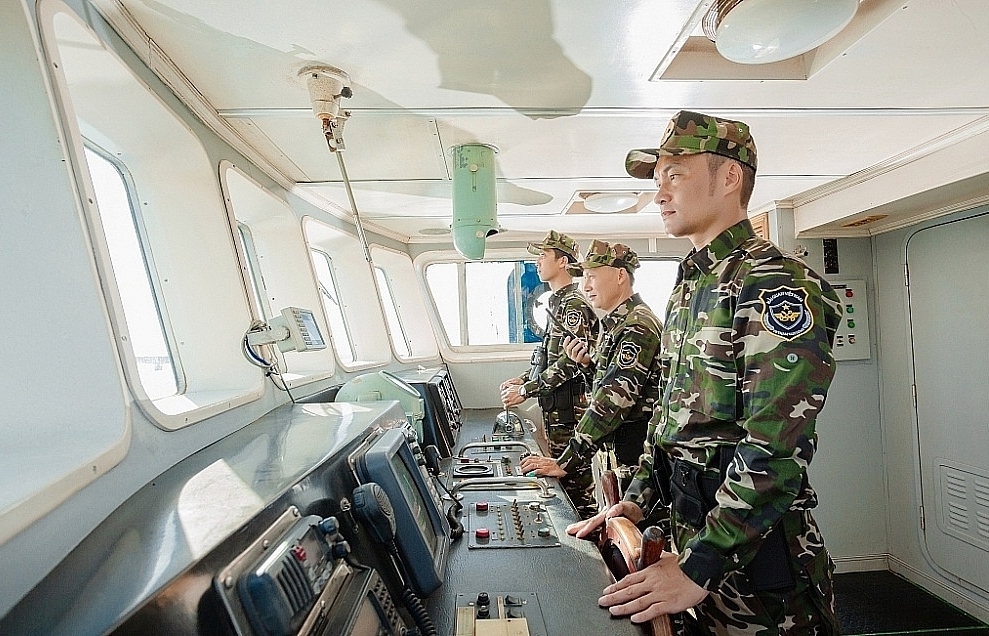
Vietnam Customs kicks off campaign for innovation, breakthrough, and growth
14:15 | 21/01/2025 Customs
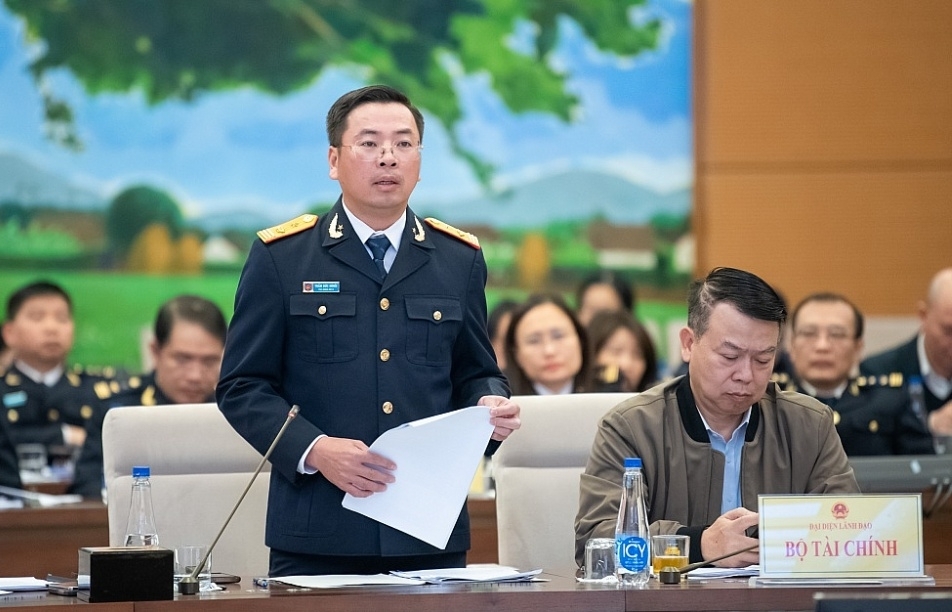
Researching and proposing amendments to 2014 Customs Law to meet the requirements of innovation
11:18 | 20/01/2025 Customs
Your care
The system has not recorded your reading habits.
Please Login/Register so that the system can provide articles according to your reading needs.

Vietnam Customs forms implementation task force on developing customs procedures
16:29 | 15/02/2025 Customs
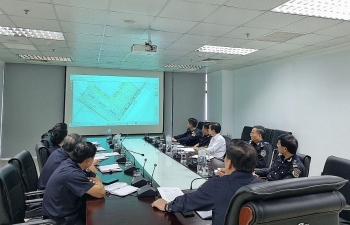
Quang Tri Customs launches business support initiatives
16:29 | 15/02/2025 Customs

Hai Phong Customs’ revenue rises about VND 1,000 billion
14:52 | 14/02/2025 Customs

Administrative reform: Khanh Hoa Customs delivers impressive results
14:52 | 14/02/2025 Customs

GDVC sets goal of widely disseminating Customs policies
07:49 | 12/02/2025 Customs
